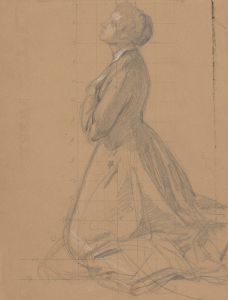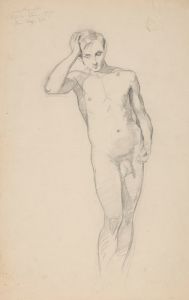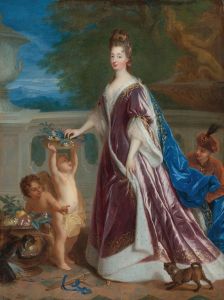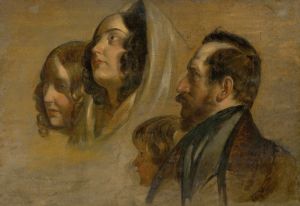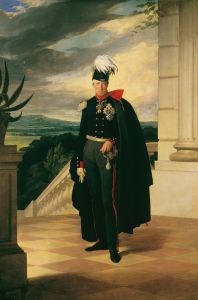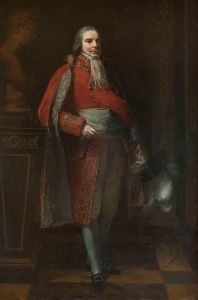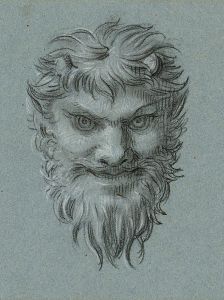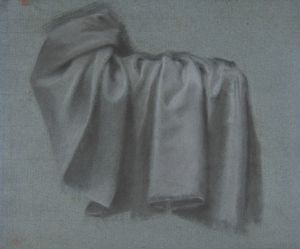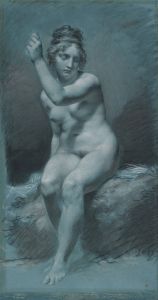
Profil du Roi de Rome
A hand-painted replica of Pierre-Paul Prud'hon’s masterpiece Profil du Roi de Rome, meticulously crafted by professional artists to capture the true essence of the original. Each piece is created with museum-quality canvas and rare mineral pigments, carefully painted by experienced artists with delicate brushstrokes and rich, layered colors to perfectly recreate the texture of the original artwork. Unlike machine-printed reproductions, this hand-painted version brings the painting to life, infused with the artist’s emotions and skill in every stroke. Whether for personal collection or home decoration, it instantly elevates the artistic atmosphere of any space.
Pierre-Paul Prud'hon was a prominent French painter known for his unique style that blended elements of Neoclassicism and Romanticism. One of his notable works is the "Profil du Roi de Rome," a portrait that captures the likeness of Napoleon II, also known as the King of Rome. This painting is a significant piece of art as it reflects both the political climate of the time and Prud'hon's artistic prowess.
The "Profil du Roi de Rome" was created during a period when Napoleon Bonaparte was at the height of his power. The King of Rome, born in 1811, was Napoleon's son with his second wife, Marie Louise of Austria. His birth was a significant event, as it secured an heir for the Napoleonic Empire, symbolizing the continuation of Napoleon's legacy. Prud'hon's portrait of the young prince captures this sense of dynastic importance.
Prud'hon was known for his ability to convey emotion and depth in his portraits, and "Profil du Roi de Rome" is no exception. The painting is characterized by its delicate use of light and shadow, which gives the young prince's profile a sense of softness and innocence. Prud'hon's technique often involved a careful blending of colors and a focus on the subtleties of expression, which can be seen in the gentle rendering of the child's features.
The portrait is also notable for its composition. Prud'hon chose to depict the King of Rome in profile, a style that was often used in classical portraiture to convey nobility and timelessness. This choice aligns with the Neoclassical elements of Prud'hon's work, which often drew inspiration from ancient Greek and Roman art. The profile view also serves to emphasize the young prince's regal bearing, despite his tender age.
Prud'hon's work was highly regarded during his lifetime, and he was often commissioned by members of the French aristocracy and the Napoleonic court. His ability to capture the essence of his subjects made him a favorite among the elite. The "Profil du Roi de Rome" would have been a significant commission, given the importance of the subject and the political implications of the portrait.
The painting is a reflection of the era's artistic and political landscape. It embodies the ideals of the Napoleonic Empire and the hope for its future through the young heir. At the same time, it showcases Prud'hon's mastery of portraiture and his ability to convey complex emotions through his art.
Today, Pierre-Paul Prud'hon is remembered as one of the leading artists of his time, and his works continue to be studied and admired for their technical skill and emotional depth. The "Profil du Roi de Rome" remains an important piece in the history of French art, offering insight into both the personal and political dimensions of its time.






